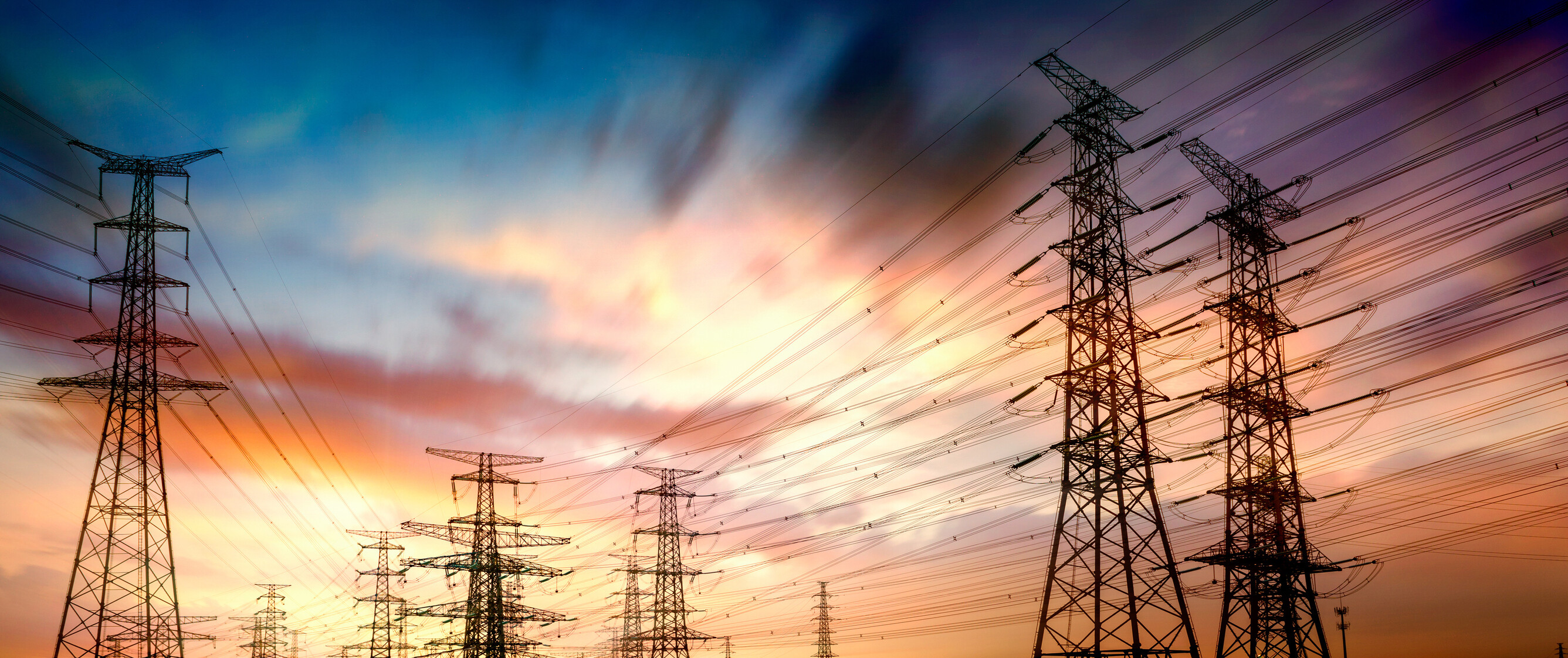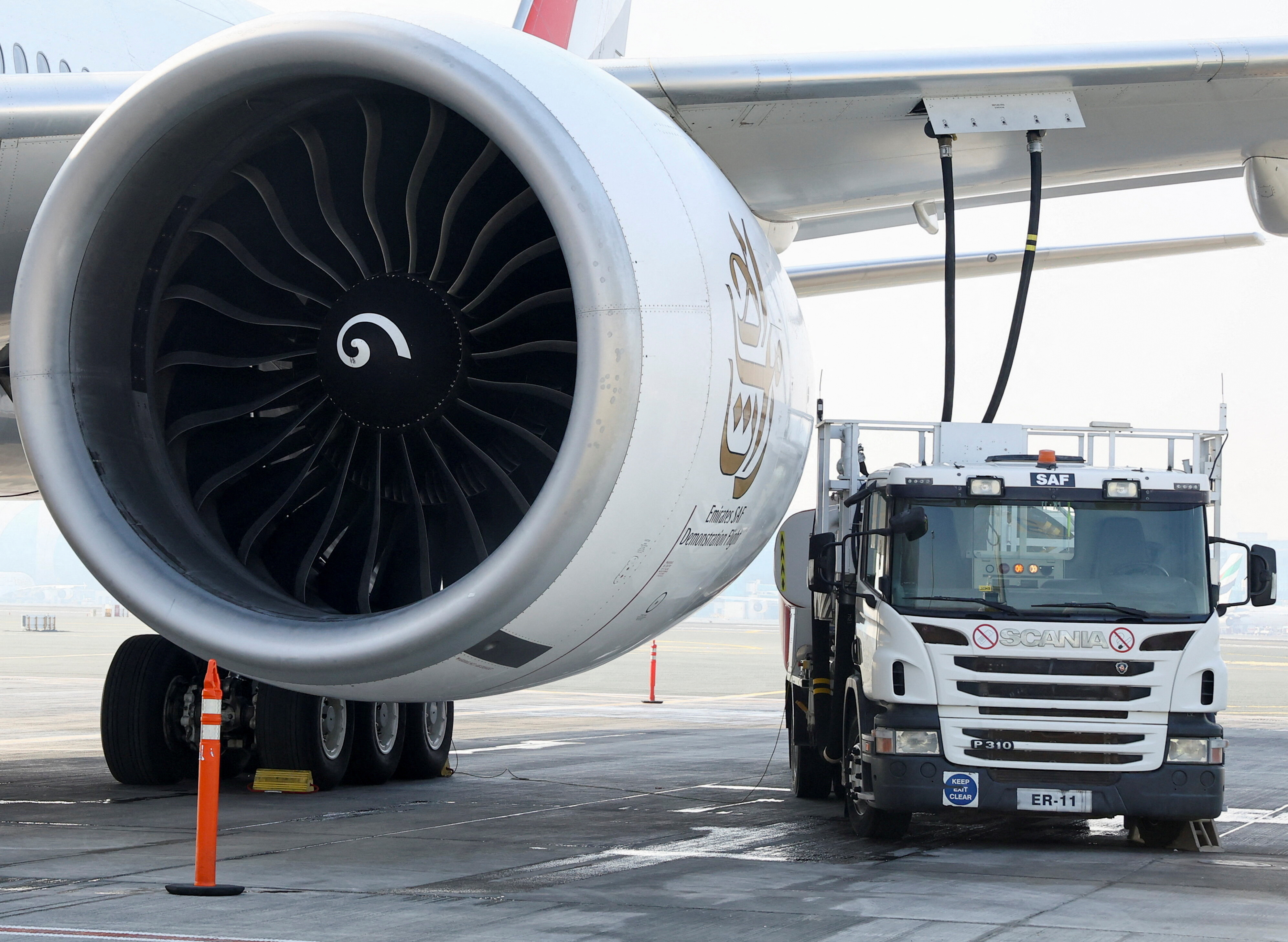The environmental cost of big data

Smartphones may have been around for a while but demand for digital traffic is still growing fast. During the new year celebrations, mobile providers in the UK and Australia reported a 50% increase in traffic compared to last year, while in Taiwan mobile data more than doubled.
This is because mobile device availability, functionality and connectivity are increasingly creating the possibility of sending greetings to many others in different ways.
It isn’t just “special events” like New Year’s Eve or the record-breaking traffic generated by Apple’s iOS upgrade that we should worry about. Underlying such sudden demand peaks is an ongoing, steady increase of total demand. In Europe, recent years have shown typical increases of 30% every six months for home broadband and 15% for mobile (cellular) data.
But given the resources marshalled to support continued rises in data volume and ever-faster speeds, we should also be debating what kinds of digital services have real social importance. It’s great that it’s so easy to keep in contact with close friends and family, almost anywhere in the world. Yet a time when we are battling to keep carbon emissions under control, can we really justify the energy consumption involved in streaming cat videos in ever-higher definition?
Much of the energy and carbon burden of more data and more speed is buried in network infrastructure and hidden away in data centres, easily ignored by people in bedrooms and offices, but not by the global climate.
Data for what?
But what is all this movement of data for? Ostensibly, about half of it is for staying in touch with others, and watching and listening to media. The rise of Facebook, YouTube and Skype is supported by larger data allowances, faster speeds, and more reliable and affordable home and mobile connections. This goes hand-in-hand with increasing numbers of smartphones, tablets, and internet-connected televisions.
More data to more devices all day and night pushes us to faster infrastructure that is active a greater proportion of the time. This in turn means more energy demand and greenhouse gas emissions.
Figuring out exactly how much more demand and emissions is difficult as it involves many unknowns, from the originating data centre right through to the computer or phone at the other end.
But we do know the following: sharing photos or videos is more energy-intensive than sending a text message or making a phone call; that video streaming tends to require more energy than broadcast television; and that listening and watching on smartphones and tablets adds to, rather than wholly supplants, the hours that TVs are watched.
Making demand
Demand for consumption and the means to consume are joined at the hip – they constitute each other. This has resulted in escalation: higher-speed and more widespread infrastructure has made feasible new data-hungry services such as Netflix. This in turn has spurred higher speeds and more pervasive infrastructure allowing higher demand.
Indeed, fast connections mean people have made more intensive use of on-demand streaming services. No one binge-watched a whole TV series through a dial-up connection.
But enterprising companies are also making use of faster connections. Unsatisfied with regular high-definition video, Netflix developed “super HD” which increases data demand by 11-50% and led to significant increases in traffic for some internet service providers. More recently, the introduction of Facebook’s “autoplay”, which streams shared videos and adverts automatically, caused massive traffic surges.
Innovations such as these mean that even if the time we spend digitally sharing, chatting, or watching doesn’t rise, the amount of data demanded does.
Real and anticipated rises in demand tend to be framed as needs which must be met, despite the fact that there was no such need before. Connecting those without broadband is important, but most of the focus remains on speeding up everyone else. Look, for instance, at the talk about the need for “ultrafast” broadband of up to one gigabit per second, when industry regulator Ofcom’s own report shows that just 10 Mbit per second is what we might expect for a home.
Thus far the debate over this ever-increasing connectivity has primarily been about who should pay for, or profit from, the traffic, and equality of (speedy) access. But the increasing emissions this generates are a global problem which demands a solution far beyond the ins and outs of broadband policy.
We need more purposeful planning of capacity and speed, and their justifiable limits – which in the end, there surely must be. By contrast, the current strategy – predict-and-provide, followed by more predict-and-provide – can only make January 1, 2016 a chance to set another new record.
This article is published in collaboration with The Conversation. Publication does not imply endorsement of views by the World Economic Forum.
To keep up with the Agenda subscribe to our weekly newsletter.
Author: Mike Hazas is a senior lecturer in the School of Computing and Communications at Lancaster University.
Image: Internet LAN cables are pictured in this photo illustration taken in Sydney.REUTERS/Tim Wimborne.
Don't miss any update on this topic
Create a free account and access your personalized content collection with our latest publications and analyses.
License and Republishing
World Economic Forum articles may be republished in accordance with the Creative Commons Attribution-NonCommercial-NoDerivatives 4.0 International Public License, and in accordance with our Terms of Use.
The views expressed in this article are those of the author alone and not the World Economic Forum.
Stay up to date:
Data Science
Related topics:
Forum Stories newsletter
Bringing you weekly curated insights and analysis on the global issues that matter.
More on Energy TransitionSee all
Laurent Bataille
November 29, 2025






